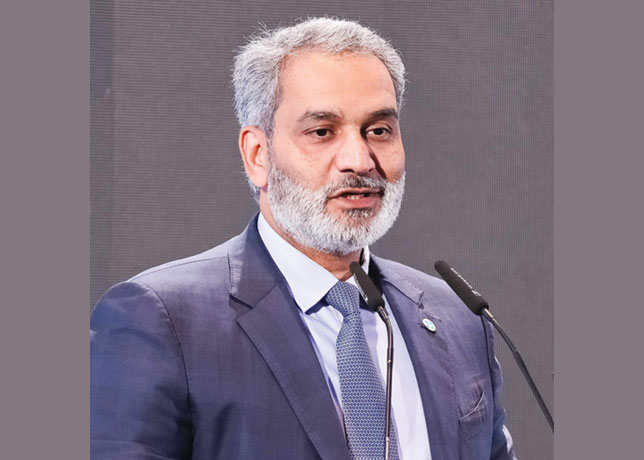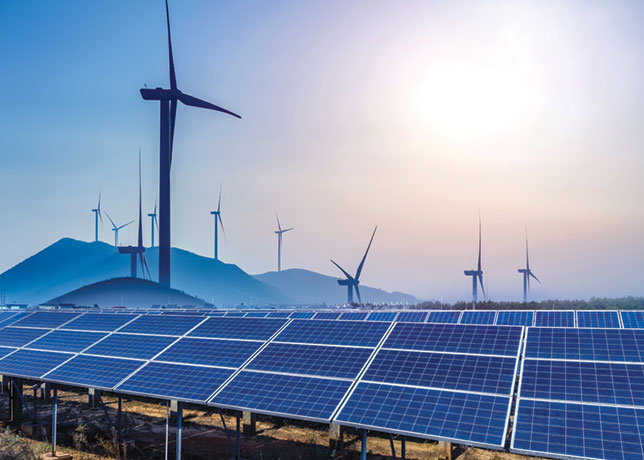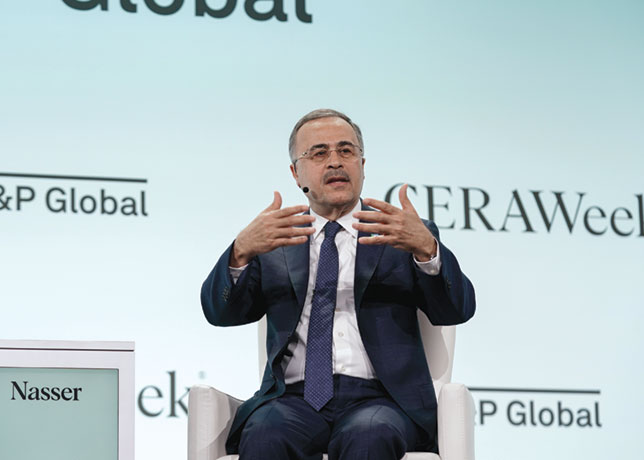
 Tripling renewable power capacity by 2030 is a challenge
Tripling renewable power capacity by 2030 is a challenge
Achieving the glo-bal target set at COP28 to triple renewable power capacity by 2030 relies heavily on establishing conducive conditions for such growth.
In a report, the International Renewable Energy Agency (IRENA) said that tripling renewable power capacity by 2030 is technically feasible and economically viable, but its delivery requires determination, policy support and investment at-scale.
The ‘Tracking COP28 outcomes: Tripling renewable power capacity by 2030’ highlights that 2023 has set a new record in renewable deployment, adding 473 gigawatts (GW) to the global energy mix.
An average of almost 1,100 GW of renewables capacity must be installed annually by 2030, more than double the record set in 2023. Annual investments in renewable power generation must surge to $1550 billion on average between 2024 and 2030.
Francesco La Camera, Director-General of IRENA, said: "In the wake of the historic UAE Consensus on tripling renewables at COP28, these capacity additions despite setting a new record clearly indicate that achieving the target is far from guaranteed."
Achieving the tripling target is far from assured as an additional 7.2 terawatts (TW) of renewable power would need to be deployed to reach the required 11 TW by 2030. However, current projections indicate the target will remain out of reach without urgent policy intervention.
G20 nations, for example, must grow their renewable capacity from under 3 TW in 2022 to 9.4 TW by 2030, accounting for over 80 per cent of the global total.



















































































